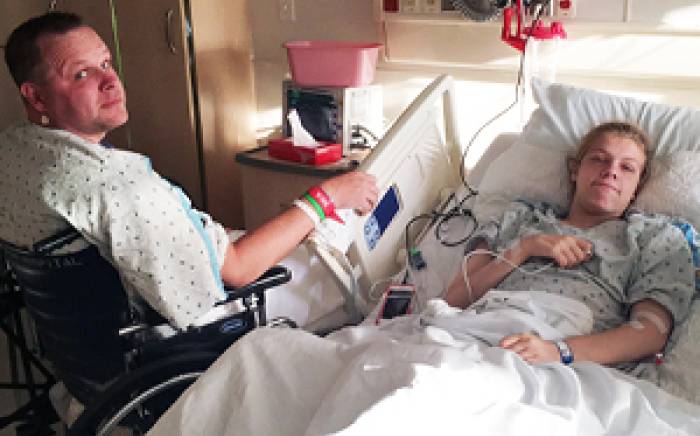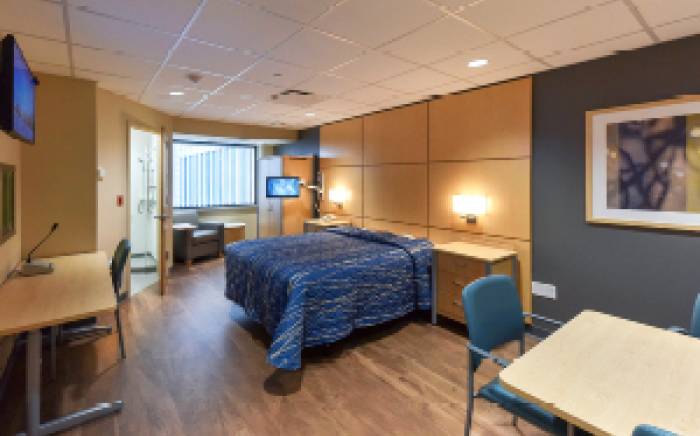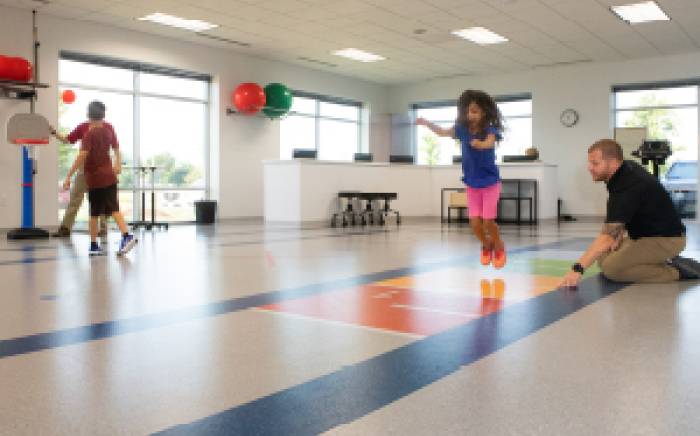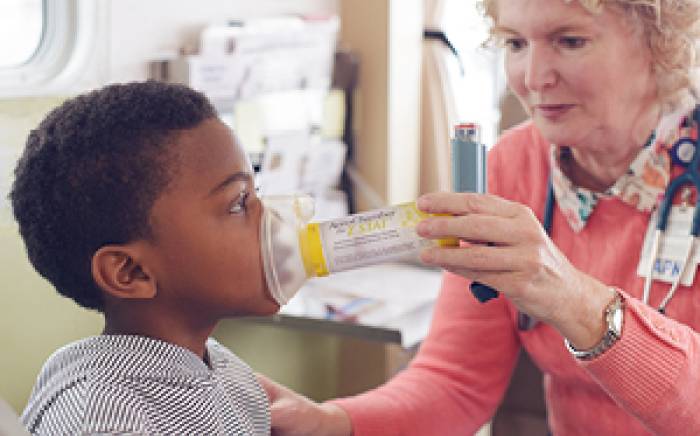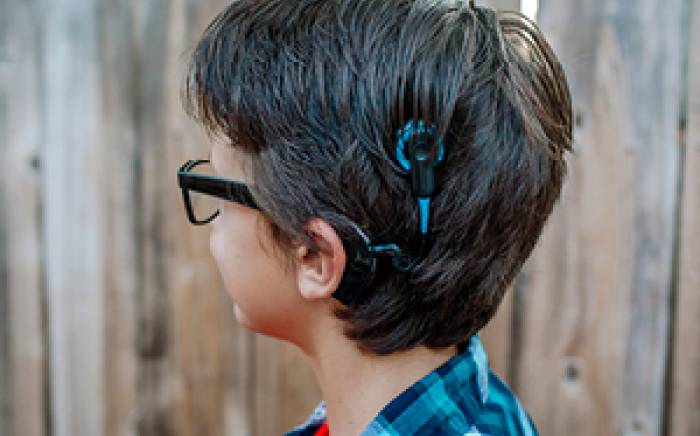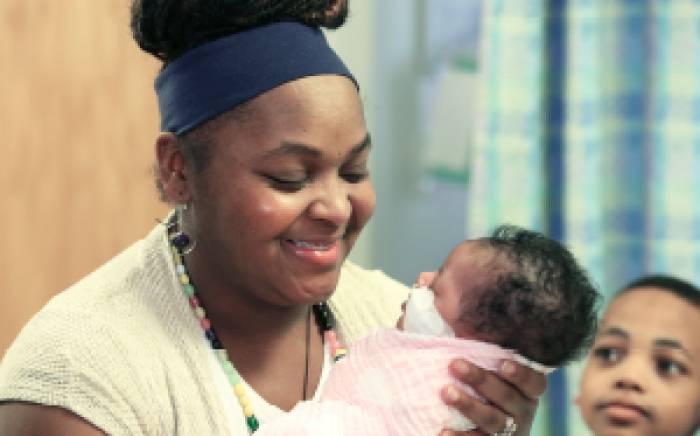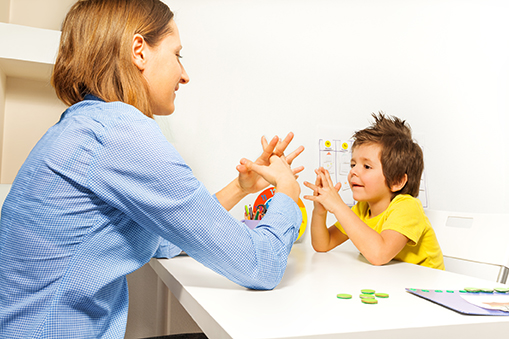 Therapy Services at St. Louis Children’s Hospital (SLCH) has established a pediatric hand therapy program to provide specialized occupational therapy for surgical and nonsurgical orthopedic and plastic surgery patients. Charles Goldfarb, MD, chief of pediatric orthopedic surgery at Washington University School of Medicine and SLCH, strongly supports the pediatric-focused program.
Therapy Services at St. Louis Children’s Hospital (SLCH) has established a pediatric hand therapy program to provide specialized occupational therapy for surgical and nonsurgical orthopedic and plastic surgery patients. Charles Goldfarb, MD, chief of pediatric orthopedic surgery at Washington University School of Medicine and SLCH, strongly supports the pediatric-focused program.
“Occupational therapy for hand patients is significantly different for the pediatric population compared to adults,” says Dr. Goldfarb. “First, there are a number of procedures for hands and upper extremities that are only performed on children; for instance, treating birth anomalies. It’s important for an occupational therapist to be familiar with these specialized diagnoses, procedures and the therapies associated with them. And second, injuries in children require a different approach compared to adults—this includes treating stiffness after fracture, limited function after nerve injury, and generalized functional limitations. Finally, occupational therapy for children requires creativity. You can show adults rehab exercises and assume they will take initiative in completing them independently. There’s never that assumption with children, so therapies need to be fun, keep children’s interest, and be supported by parents willing to cooperate in the rehabilitation process.”
Valeri Calhoun, MS, OTR/L, CHT, provides pediatric hand therapy two days a week at the hospital and three days weekly at the St. Louis Children’s Hospital Specialty Care Center. Calhoun has 33 years of experience as an occupational therapist, 22 years as a certified hand therapist, and 10 years focusing on pediatric patients. She has worked in both academic and clinical settings and has served as an occupational therapy instructor at the graduate level.
“Valeri’s expertise is a decided advantage for our pediatric patients, but also a great help to the physicians who work with her,” says Alison Snyder-Warwick, MD, Washington University plastic and reconstructive surgeon at SLCH. “Her ability to assess patients’ current status is invaluable to us, and her knowledge of treatment options ensures we are providing the best individualized therapies for each child.”
Having worked in settings in which both adults and children receive therapy in close proximity, Calhoun knows the importance of treating pediatric patients in a space designed just for them. “Beginning therapy is a bit scary for children simply because it’s something new. Receiving that therapy in a room in which they may be sitting next to unfamiliar adults can add to their anxiety,” she explains. “When children begin hand therapy at the hospital or Specialty Care Center, they are surrounded by other children. The goal is to make therapy fun so that patients are willing to complete exercises both in the therapy room and at home. Integral to that process is instructing parents on the importance of their role in working with their children so the best possible outcome may be achieved.”
In addition to Washington University surgeons at SLCH, community physicians also may refer patients to the pediatric hand therapy program. “It is our hope that this focused therapy provided in a child-friendly atmosphere can benefit pediatric hand patients throughout the St. Louis region,” says Carol Finkes, OTR/L, SLCH occupational therapy supervisor. “Our ability to provide care by a highly experienced occupational therapist in two locations each week is a strength we are confident will appeal to physicians within the community.” For more information about the pediatric hand therapy program and to refer a patient, call Children’s Direct at 800.678.HELP (4357).





